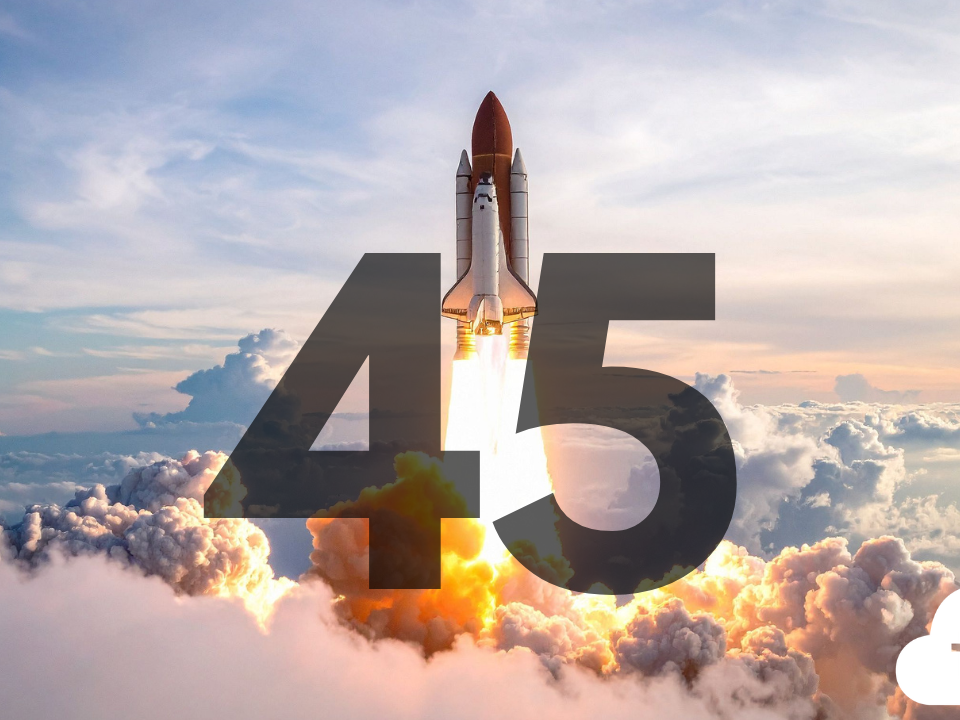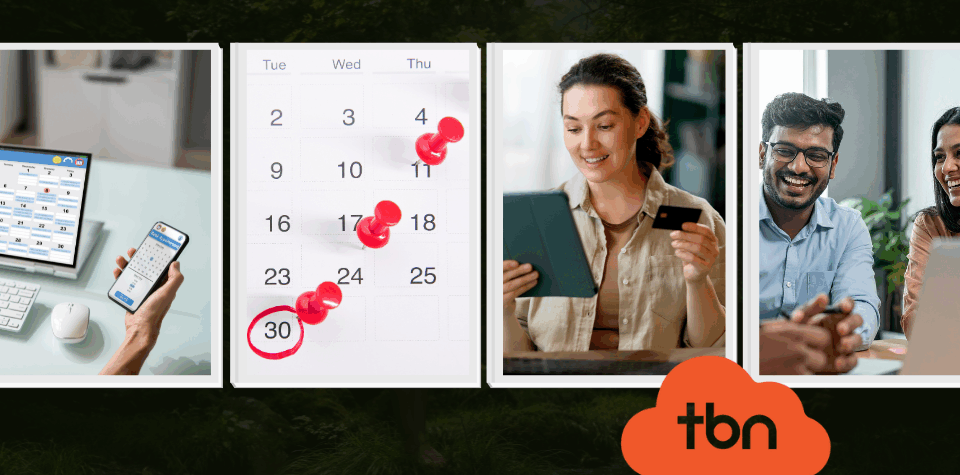
Can you go Bankrupt With Full Dispatch Boards
September 29, 2025
People Pay More for Easy: Why Profit and “What Customers Want” Are Parallel Goals
October 13, 2025Aligning Promise and Delivery with Technology
You can have a great brand and a talented team and still lose trust one small inconsistency at a time. I was reminded of this the other day ordering a simple ice cream: same shop, same server station, three days, three different results. I still like the place, but here’s the uncomfortable truth—people forgive a single bad experience faster than they forgive unpredictability. In our world, group transportation is a relay race from sales to dispatch to drivers to operations and back again. When the handoff is sloppy, the customer doesn’t blame your systems; they conclude you’re not buttoned up. Technology can’t turn a rough day into a rainbow, but used correctly it can make your best day repeatable. That is the assignment.
Consistency isn’t a “nice to have”; it’s margin. When customers can count on the same clear process every time, they move faster through the buying journey, argue less about price, and come back more often. Internally, you spend less time retyping data, chasing payments, and firefighting miscommunications. The spread between smoother revenue and lower cost-to-serve is where profit lives. Many operators try to hit this target on the back of heroics—someone sharp, working late, checking everything twice. Heroics are admirable, but they don’t scale. Systems do. Engineering consistency starts long before you buy another tool. It starts with defining the experience you want every customer to have from the first quote to the last thank-you, then wiring that standard into your stack so the process—not a single person—carries the load.
That first step sounds simple and it should be. Map the journey in plain language, decide what “good” means at each stage, and build it into an actual process including the automations needed to execute it. Only then does the technology earn its keep. Quoting and booking should render the same accurate pricing every time with approved terms and dynamic pricing rules—not six versions of a hand-built PDF. Payments should be clear, digital, and automatic, with confirmations and reminders that remove the gray areas where confusion festers. Dispatch should live on the same source of truth as sales so the trip promised is the trip delivered, and drivers should see a mobile view that matches exactly what the customer was told. If you sell tours, itinerary details and guest communications belong in one place so last-minute changes cascade to the traveler and drivers without drama. When the system holds the standard, the customer stops feeling your silos.
Automation is the quiet enforcer of consistency. The moment a quote is created, a branded, preset proposal goes out. When a deposit lands, the customer gets next steps without anyone setting a reminder. Two days before a trip, the group leader receives driver and vehicle details; the morning after, a short survey arrives and positive feedback flows to reviews while issues route directly to a manager. On the inside, you watch a handful of operational service levels in real time—speed to quote, one-time payments and confirmations, completion of pre-trip communications, on-time departures, planned trip details vs. trip realities—because if you can’t see it, you can’t fix it, and if you won’t track it, it isn’t a standard. The net effect from the customer’s side is simple: clarity arrives quickly, the story is the same from sales to driver, money and policies match the paperwork, and their voice is heard at the end.
The good news is you don’t need a moonshot to get there. Pick one slice of the journey and standardize it ruthlessly. Start with quote to booking: set the response-time goal, build the standardized template, and let your system send it automatically. Next, tighten pre-trip communications with automation: from payment requests to digitally signing contracts, from confirming final itineraries to driver and vehicle information. Then standardize the use of internal communication tools that increase collaboration without increasing the need for meetings and time together. This allows sales teams to inform operations about things like preferences, needs, and requirements that alert the dispatchers at the moment they need the data. Then close the loop post-trip: ask for feedback and reviews, route what matters, and leverage the positive reviews to garner more “social proof” for your business and land more new customers. Things will still go sideways; equipment and people are living systems. But when you’ve engineered consistency, the outliers stop defining your brand.
This is the work TBN was built to support. OpsDriver helps standardize quoting, booking, dispatch, and day-of execution so the promise matches the delivery. No tool replaces good people; it makes your best people repeatable across the organization.
Customers will tolerate imperfection; they will not tolerate confusion. Technology is how we remove confusion at scale—by turning what your best person does on their best day into what your whole company does every day. If you’re ready to map your journey and wire your standards into the tools you already trust, let’s build it—together.




